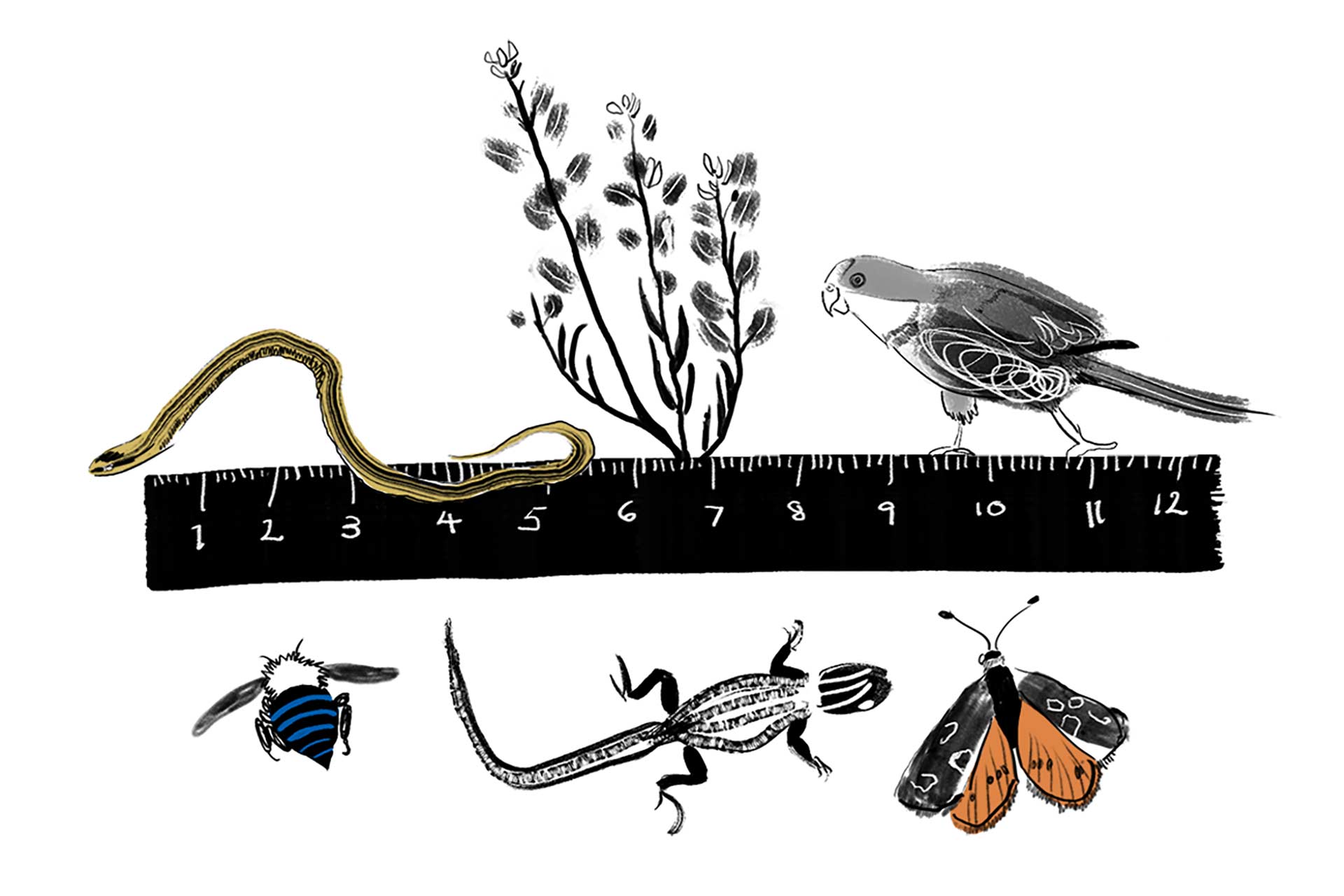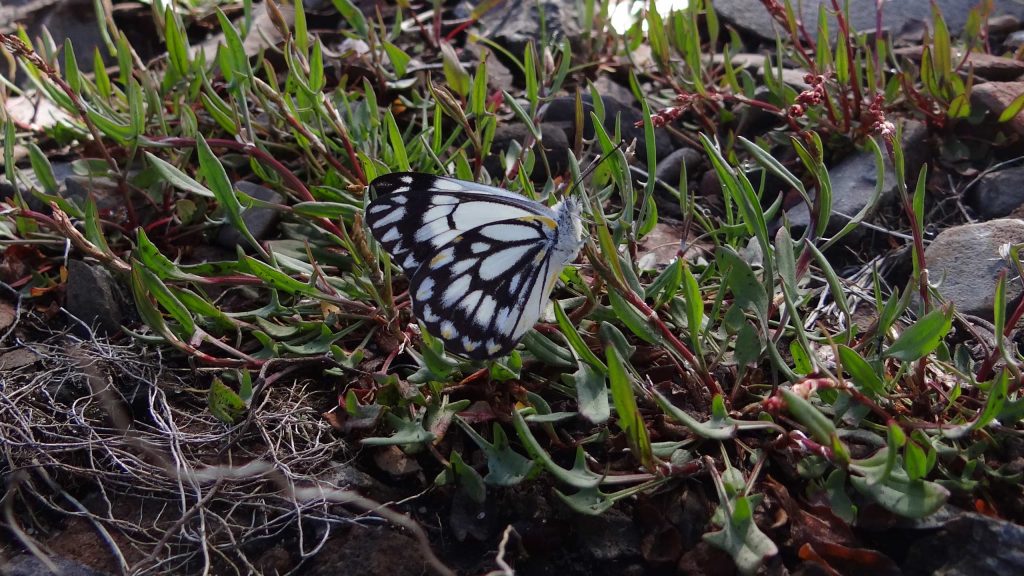Canberra Nature Map
Canberra Nature Map (CNM) offers an inclusive and educational space for experts and nonexperts to share their knowledge and sightings of wildlife in Canberra.
Volunteer with: Canberra Nature Map
Banner Image: Miranda Gardner
CNM started in 2013 with an orchid – specifically the Canberra Spider Orchid. After Aaron Clausen came across a striking flower he had never seen before, he and Michael Mulvaney decided to create a website to map the occurrence of these orchids in the Canberra region using GPS technology. The concept grew from there, first to cover a range of rare and endangered plants, then to all plants, and finally to animals. Each addition involved finding experts to aid in identifying sightings, as many citizen scientists were not able to distinguish between similar-looking plants or animals. This included experts on frogs and reptiles, butterflies, birds, mammals, insects and arthropods as well as plants.
In September 2021, CNM had over 1.25 million sightings recorded of 7197 different species. It has almost four and half thousand members and over 100 expert moderators.
CNM works by using photographic evidence (or more recently sound recordings for frogs and birds) and GPS locations to record observations of wildlife. Anyone can upload photos of their observations through the CNM website or the NatureMapr App. Once a record is uploaded to the site, expert volunteer moderators – often professional naturalists and leaders in their field – check identification for the sighting, giving a very high level of credibility to the data. Some of these scientists also use the data in their own research.

Information is added for each record, including species, any relevant observations, and additional information such as size and gender if available. Information on the locality of the sighting is also provided, except for species which are rare and protected where the location is withheld to reduce the risk of human interference.
By using CNM, Canberra’s citizen scientists have discovered new species and furthered knowledge on other species across the region. What makes CNM so effective is that it has thousands of people contributing regularly, whose observations are checked and verified by experts on different species. This means that both the quantity and quality of records on the platform is extremely high.
As well as providing a general database of plants and animals in the ACT, CNM also calls for sightings of the ‘ACT’s Most Wanted’, rare bird species, and a list of noxious weeds. In a paradoxical conservation outcome, CNM has led to some species being removed from the ACT’s list of rare plants, since they have proven to be more common than was previously thought – there was just not enough data from formal scientific studies to show this!
Data from CNM is increasingly being used to answer research questions about particular species – click on the links for more about Gang-gang Cockatoos and the Small Ant-blue Butterfly.
Since the development of CNM, knowledge on the distribution of Canberra’s plants and animals has grown significantly. This not only has implications for on-ground management but also for scientific knowledge. Because of this, information from CNM is used by a range of government organisations, including for policy, conservation, and land management. It is also used by environment volunteer groups, who can record their own sightings but also benefit from the contributions of others to locate different species within their area of interest.
CNM is an entirely voluntary initiative and requires significant time commitments from those involved in running the platform, as well as those contributing sightings. It also relies on people donating their technical expertise – whether in species identification or in IT and data management – to succeed. OCSE estimates this amounts to well over 40,000 hours of work per year.



